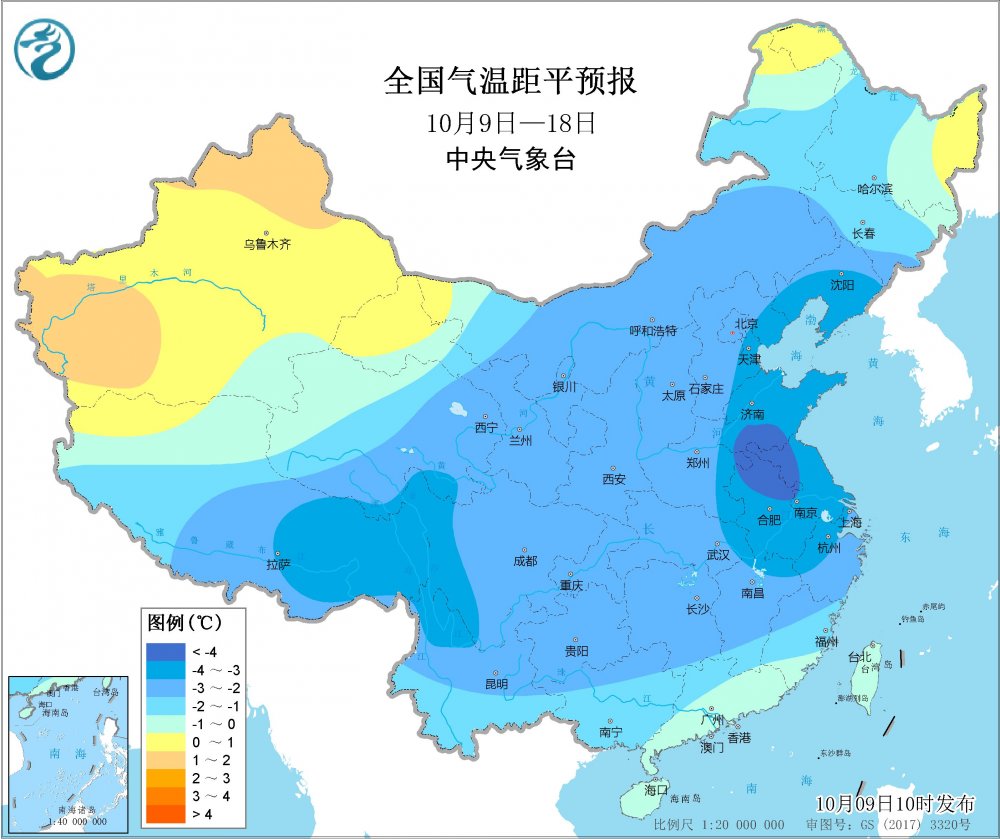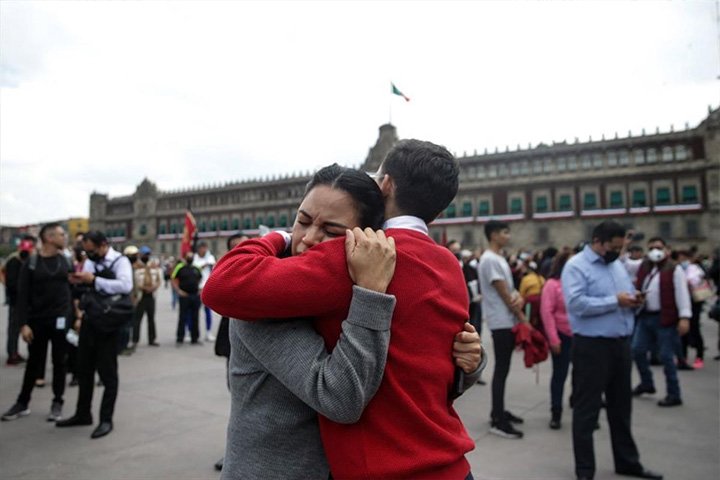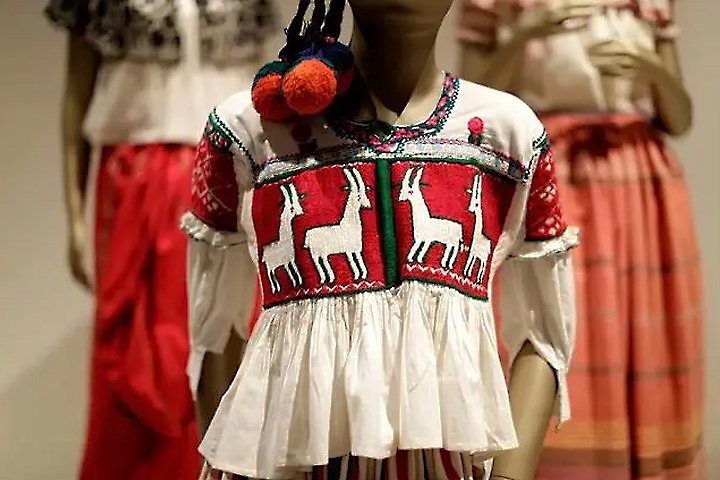Cn-down > Domestic news > News content
2022-10-09 来源:金绒 浏览量:2763
summary
During the National Day holiday, the price of down remained stable. At present, the actual transaction situation has not changed much, and we still need to wait for the arrival of the autumn and winter replenishment market.
After the long holiday, the traditional peak season of market orders is coming to an end. However, the major clothing markets in Changshu, Pinghu, Hangzhou, Wuhan and other places are still relatively depressed. The recession on the demand side has made it difficult for the down market to rise, and the sluggish peak season needs to be changed.
However, October is usually a strong month for the market, especially the "Double 11" has formed a strong support. And according to the prediction of the National Climate Center, the temperature in the middle and east of China will be lower than that in the same period of the year throughout October, which may be conducive to the sales of down products.
The negative factor is that the mobility of personnel increased during the National Day, which made the epidemic prevention and control situation once again become severe and complex in the late period of the long holiday, and the situation was strictly controlled in many places.
good news
This year's National Day holiday, a strong cold air will bring a wide range of strong cooling to the central and eastern parts of China. The central meteorological observatory issued the cold wave blue warning on October 2, which is the first cold wave warning issued in the second half of the year since the central meteorological observatory officially launched the warning release mechanism in 2010.
Affected by the cold wave, the high temperature in the south gradually reduces and subsides. In southern Henan, central and eastern Hubei, most of Anhui, central and northern Jiangsu, northern Hunan, northern Jiangxi and other places, the temperature drop is generally 14~20 ℃, with a local drop of more than 20 ℃, rapidly changing from hot summer to cold late autumn.
In the early morning of October 6, the lowest temperature in Guangdong, which is located along the coast of South China, fell below 25 degrees, and some stations in northern Guangdong even fell below 20 degrees, which means that the power of this cold wave has reached Guangdong.

At the same time, the cooling effect of this cold wave has also entered the final stage. The extensive high temperature weather in the south has ended. The highest temperature in many places in the middle and lower reaches of the Yangtze River is less than 15 ℃, and the little partners who are afraid of the cold even put on thin down jackets.
However, the huge oscillation of the westerly belt in Asia is still not over. Then there is a strong cold vortex that is moving southward. With the rain and snow, the coolness will become more significant. And October 8 will also usher in the "cold dew" solar term, which is the transition from cool to cold.
The Central Meteorological Station predicted that in the next 10 days, the cold air affecting China will be more frequent, and the temperature in most parts of the central and eastern regions will be 1~3 ℃ lower than that in the normal year. The main activity periods of cold air are 8-10 days and around 16 days. It seems that most of October will pass in the pattern of low temperature.
Since October 4, Jiangcheng has welcomed the cold air, which has stimulated consumers' enthusiasm for autumn and winter clothing consumption. The clothing and footwear that meet the seasonal demand are very popular. Almost every store has consumers to try on and buy, and the sales of autumn and winter clothing have risen sharply.
In the Brand Clothing City, all kinds of new women's autumn clothes are on the shelves, and customers come to buy seasonal clothes in an endless stream. The shopping guide said that as the weather became cooler, the sales of cashmere sweaters, down jackets, cashmere overcoats, cardigans, etc. were active.

The first floor Daxi Women's Wear Shop mainly sells European and Korean women's wear. Since the first day of the National Day holiday, it has received seven or eight batches of customers every day The boss said that many regular customers have packed 8 or 10 pieces recently.
Compared with previous years, the most prominent feature of this year's down jacket is the quilting process, with more floral patterns, which makes the heavy winter clothes more light, less bulky, and brings a touch of sweet vitality for winter.
In August this year, a sudden epidemic in Hainan caused 80000 tourists to be stranded, which also made domestic tourist resorts become places where tourists want to escape as soon as possible.
In the National Day holiday, Sanya's tourism industry has just improved. However, according to the report of Hainan Radio, temporary control measures have been implemented in some areas of Haitang District since 14pm on October 3.

Nowadays, many old people choose to go to Sanya to "escape winter". Most of them choose to leave on the National Day holiday and return to the northeast in April and May of the next year to protect themselves from the cold wind in northern winter.
Entering the National Day holiday, the weather in Shenyang has dropped to zero at the lowest. Especially after an autumn rain, it is obvious that winter is coming. Many people even wear light down jackets. However, at this critical moment, Sanya's sudden management and control measures made many people shy away.
bad news
On September 19 local time, a magnitude 7.7 earthquake struck western Mexico, killing at least one person, damaging buildings, and interrupting power.
Later, strong earthquakes of magnitude 5.1 and 5.6 occurred in Mexico.

Mexico is one of the major textile and garment trading countries in the world, and the textile and garment industry plays an important role in the national economy. Auxiliary materials and fabrics are the first category of its imports, with the import amount accounting for 50%. It can be said that this series of earthquakes have brought some chain reactions to the textile and clothing industry and the import and export business.
For a long time, China has been Mexico's second largest trading partner in the world and an important importer of Mexico. Mexico's import proportion of Chinese textile products has increased year by year, and its dependence on Chinese textile products has increased significantly.

In recent years, the export of feather to Mexico has basically maintained an upward trend. In particular, in 2021, a leap forward was achieved - the export volume increased by 373.3% compared with 2020.
In addition, this upward trend will continue to advance sharply by 2022. From January to August this year, China's down and feather exports to Mexico reached 434.5 tons, a year-on-year increase of 78%; The export amount was 8.453 million yuan, up 65% year on year.

Industry experts predict that the market size of Mexico's textile manufacturing industry will grow by 3.98 billion US dollars from 2021 to 2026, with a compound annual growth rate of 4.13%. However, this growth can also be attributed to the shift of production capacity from Asia to Mexico by American clothing retailers.
Last September was the peak season for China's down and feather exports to Mexico. However, it is unknown whether this earthquake will block this trade.
As we all know, the weavers work all year round, especially the machines in the weaving factory work 24 hours a day. But this year's National Day holiday, many textile workers will enjoy a 2-3 day holiday.
At present, due to the lack of domestic and foreign trade orders, the atmosphere of grey fabric trading in the market continues to fall, and the factory's grey fabric inventory rises. According to the data monitoring of Silk Metropolis, the grey fabric inventory of weaving enterprises in Shengze region has risen slightly to about 36.1 days.

The whole grey fabric market is also slightly weak in terms of goods delivery, and the "peak season" is off. The survey found that the number of orders decreased compared with that in early September. Although there were orders, they were all small ones, and the market orders still did not improve.
"There is less fabric in autumn and winter, and we have started to prepare for spring and summer." President Song, an enterprise integrating industry and trade, said, "The market has improved in early September, but it has weakened. The market will be better in October, and there will be a wave of market around Christmas."
 热门排行
中国三大羽绒生产基地之—广东吴川
全球最奢侈羽绒服排行
一件羽绒服需要多少只鸭子的羽绒?
飞丝是什么?能代替羽绒?别被骗了,三种方法让你告别假羽绒服!
2017羽绒原料价格一路上涨,究竟为何?
你的羽绒服为什么钻绒?涨知识了
羽绒被的价格一般是多少 通过成本看羽绒被价格
中国羽绒服四大品牌调查:到底谁才是最强王者?
羽绒金网:羽毛、羽绒、毛绒计价
《羽绒羽毛》、《羽绒羽毛检验方法》新版标准发布,2017年7月1日实施
热门排行
中国三大羽绒生产基地之—广东吴川
全球最奢侈羽绒服排行
一件羽绒服需要多少只鸭子的羽绒?
飞丝是什么?能代替羽绒?别被骗了,三种方法让你告别假羽绒服!
2017羽绒原料价格一路上涨,究竟为何?
你的羽绒服为什么钻绒?涨知识了
羽绒被的价格一般是多少 通过成本看羽绒被价格
中国羽绒服四大品牌调查:到底谁才是最强王者?
羽绒金网:羽毛、羽绒、毛绒计价
《羽绒羽毛》、《羽绒羽毛检验方法》新版标准发布,2017年7月1日实施
 推荐阅读
“吴川力量”助中国羽绒接轨世界
中国三大羽绒生产基地之—广东吴川
中羽协第二期新国标培训班 在“羽绒之乡”广东吴川成功举办
羽绒之乡:贵港桥圩镇将打造旅游休闲特色小镇
广西贵港桥圩镇:打造中国羽绒休闲旅游特色小镇
羽绒金网:羽毛、羽绒、毛绒计价
羽绒别急着收 中央气象台发布寒潮蓝色预警 部分地区降温超12℃
上海消保委检测 千元鹅绒被用鸭毛绒填充
冻哭丨降温10℃!鸡年首个寒潮预警来袭,你准备好了吗?
传统羽绒产业如何实现转型升级?四川玉泉镇产业集群发展
推荐阅读
“吴川力量”助中国羽绒接轨世界
中国三大羽绒生产基地之—广东吴川
中羽协第二期新国标培训班 在“羽绒之乡”广东吴川成功举办
羽绒之乡:贵港桥圩镇将打造旅游休闲特色小镇
广西贵港桥圩镇:打造中国羽绒休闲旅游特色小镇
羽绒金网:羽毛、羽绒、毛绒计价
羽绒别急着收 中央气象台发布寒潮蓝色预警 部分地区降温超12℃
上海消保委检测 千元鹅绒被用鸭毛绒填充
冻哭丨降温10℃!鸡年首个寒潮预警来袭,你准备好了吗?
传统羽绒产业如何实现转型升级?四川玉泉镇产业集群发展